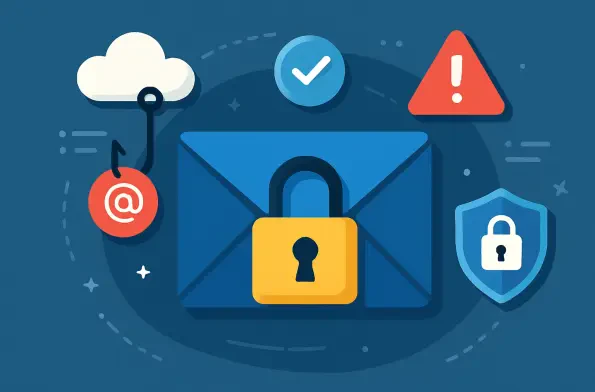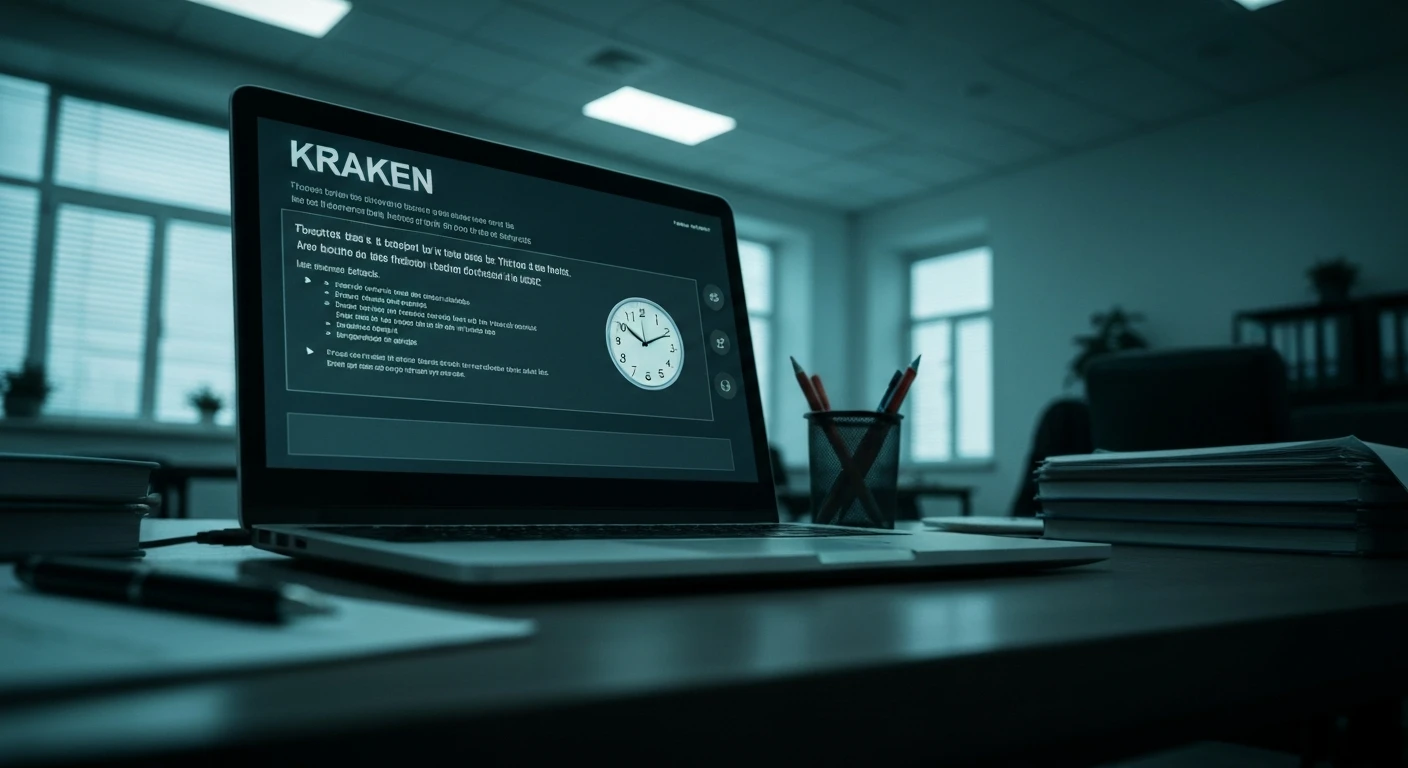In an era where digital communication underpins nearly every aspect of personal and professional life, the vulnerability of traditional email systems has become a glaring concern that cannot be ignored, especially as data breaches turn into frequent headlines. These incidents, exposing sensitive information to malicious actors with alarming regularity, highlight a critical need for enhanced security measures. A staggering statistic reveals that over 80% of these incidents involve stolen credentials or phishing attacks that prey on unencrypted data, leaving individuals and organizations at risk. This reality paints a grim picture of the digital landscape, where a single compromised email can unravel years of trust and security. The question looms large: how can such rampant threats be mitigated? Encrypted email emerges as a powerful solution, transforming vulnerable communication into a fortified channel that only intended recipients can access. This article delves into the critical importance of adopting encryption, exploring its benefits, challenges, and the evolving industry trends that signal a shift toward secure digital correspondence.
Understanding the Need for Enhanced Email Protection
The Vulnerabilities of Traditional Email Systems
The inherent weaknesses of conventional email platforms pose a significant threat to data security in today’s interconnected world. Many widely used services store messages in plain text, meaning that anyone who gains unauthorized access—whether through hacking or internal breaches—can easily read the content. This lack of protection is particularly concerning given the sophistication of modern cyberattacks, which often exploit human error through deceptive phishing schemes. For businesses, the consequences can be catastrophic, ranging from financial losses to irreparable damage to reputation. Even personal users face risks, as unencrypted emails containing private details can be intercepted and misused for identity theft or fraud. The illusion of safety provided by popular providers often masks these dangers, leaving users unaware of the potential fallout until it’s too late. Addressing this gap requires a fundamental shift in how email communication is approached, prioritizing security over convenience.
Rising Cyber Threats and Data Breaches
As cyber threats continue to evolve at a rapid pace, the urgency to safeguard digital communication has never been more pressing. Hackers employ increasingly advanced tactics, from ransomware to social engineering, targeting both individuals and large enterprises with equal fervor. The financial and legal ramifications of data breaches are staggering, often costing organizations millions in damages and penalties for failing to protect sensitive information. Beyond monetary loss, the erosion of customer trust can have long-lasting effects, particularly in industries where confidentiality is paramount. Statistics paint a sobering picture, with millions of records exposed annually through exploits that often begin with a single unsecured email. This growing menace underscores the inadequacy of traditional email systems in countering modern threats. Encryption stands as a critical line of defense, ensuring that even if data is intercepted, it remains unreadable without the proper decryption key, thus minimizing the impact of potential breaches.
Overcoming Barriers and Embracing Encrypted Solutions
Practical Challenges in Adopting Encryption
Transitioning to encrypted email is not without its hurdles, as users and organizations often encounter practical challenges that can deter widespread adoption. One prominent issue is compatibility, as not all recipients may use platforms that support encryption, necessitating workarounds like sharing decryption keys or sending temporary secure links. Additionally, there’s a learning curve involved in mastering these tools, which can frustrate those accustomed to the simplicity of standard email services. For businesses, integrating encrypted systems into existing workflows may require additional training and resources, adding to operational costs. Searchability within encrypted inboxes also poses a problem, as encrypted data cannot be indexed in the same way as plain text, potentially slowing down productivity. Despite these obstacles, the long-term benefits of enhanced security far outweigh the initial inconveniences, making it imperative to address these challenges through education and user-friendly solutions.
Industry Trends and Accessible Tools for Security
Fortunately, the tech industry is responding to the demand for secure communication with innovative tools and a noticeable shift in priorities. Providers specializing in encrypted email have gained traction by offering intuitive interfaces and robust privacy features, such as zero-knowledge encryption, which ensures that even the service provider cannot access user data. This trend is complemented by legacy companies integrating encryption options into their platforms, reflecting a broader recognition of the need for secure correspondence. Industries like healthcare, finance, and law, where regulatory compliance is non-negotiable, are leading the charge in adopting these technologies to meet stringent standards like GDPR. Real-world applications, such as legal firms protecting client confidentiality and journalists shielding sources from surveillance, highlight the tangible value of encryption. As these solutions become more accessible, the barrier of user inertia is gradually diminishing, paving the way for a future where secure email could become the standard rather than the exception.
Hybrid Approaches and Gradual Implementation
For those hesitant to fully transition to encrypted email, hybrid approaches offer a practical starting point to bolster security without disrupting established routines. This strategy involves using encryption selectively for sensitive communications—such as financial transactions or confidential agreements—while maintaining standard email for less critical exchanges. Such a method allows individuals and organizations to familiarize themselves with encrypted tools at a manageable pace, reducing resistance to change. Educational resources play a vital role in this process, providing guidance on best practices and simplifying complex concepts like key management. Businesses, in particular, can benefit from pilot programs that test encrypted systems within specific departments before rolling them out company-wide. This incremental adoption not only mitigates the risk of workflow disruptions but also builds confidence in the technology, encouraging a cultural shift toward prioritizing data protection in all forms of digital communication.
Final Thoughts: Building a Secure Digital Future
Reflecting on the journey through the landscape of email security, it becomes evident that the stakes have grown exponentially with each passing data breach that exposes vulnerabilities in traditional systems. The exploration of encrypted email as a formidable shield against cyber threats reveals a path that many have already begun to tread, driven by necessity and a commitment to safeguarding sensitive information. Industries that prioritize confidentiality have set a precedent, demonstrating that encryption is not merely an option but a cornerstone of responsible digital practice. As barriers to adoption are navigated through innovative tools and hybrid strategies, collective momentum has built toward normalizing secure communication. Looking ahead, the actionable step lies in embracing these solutions proactively—whether through gradual implementation or full-scale adoption—while advocating for wider education on their importance. The future of data security hinges on such deliberate choices, ensuring that the digital realm evolves into a space where privacy and protection are not just ideals, but guaranteed realities.













